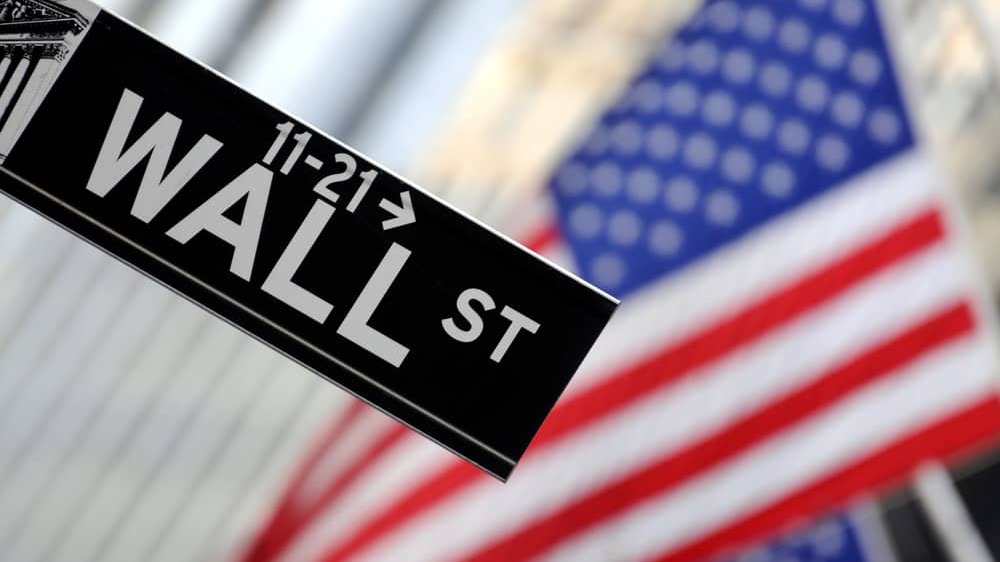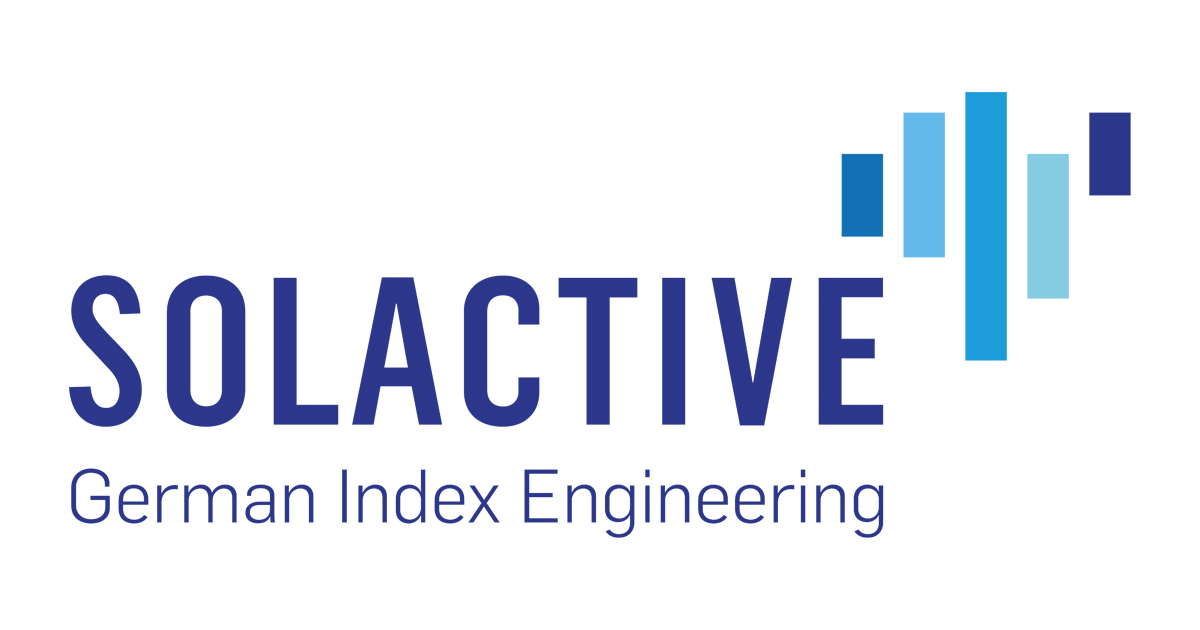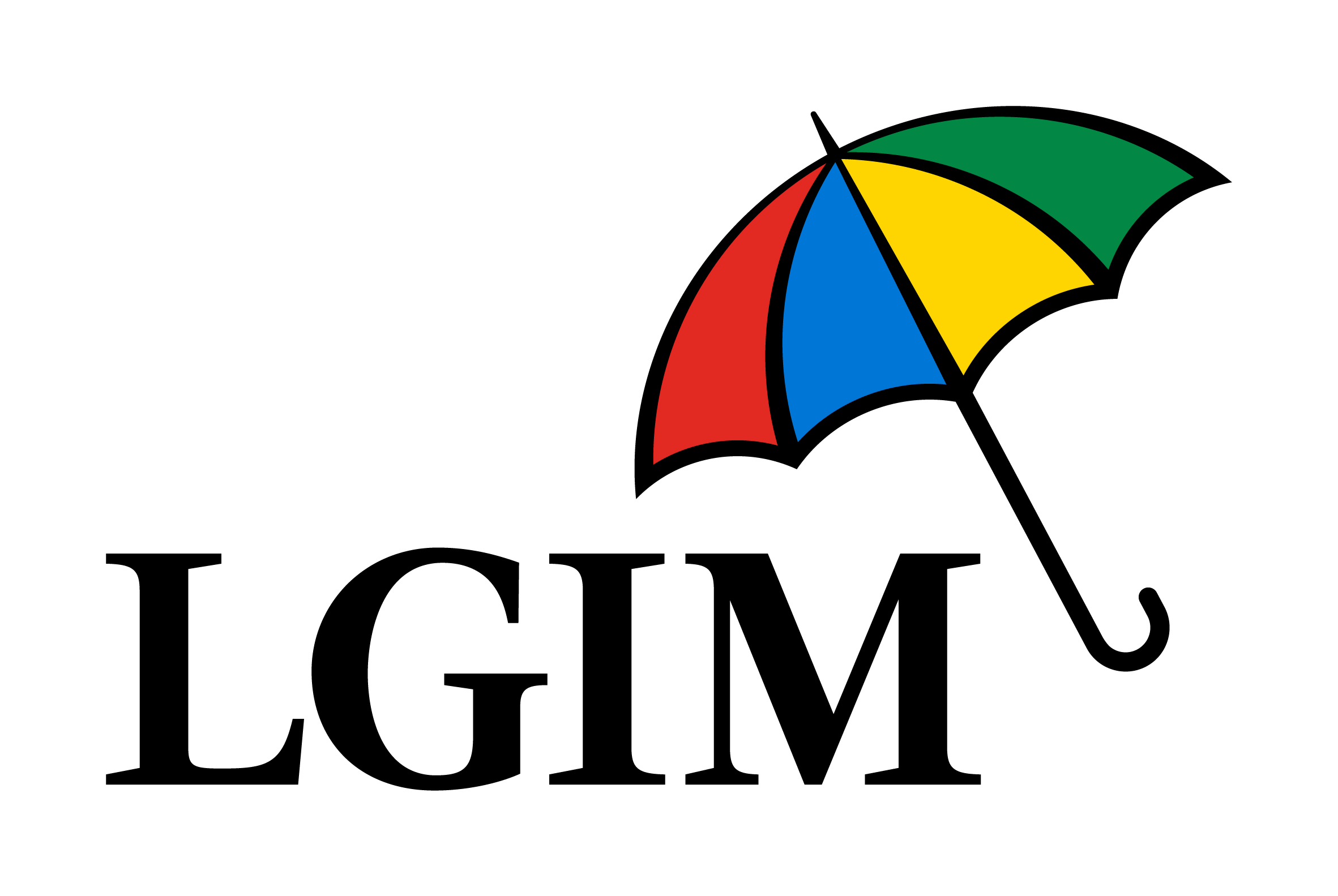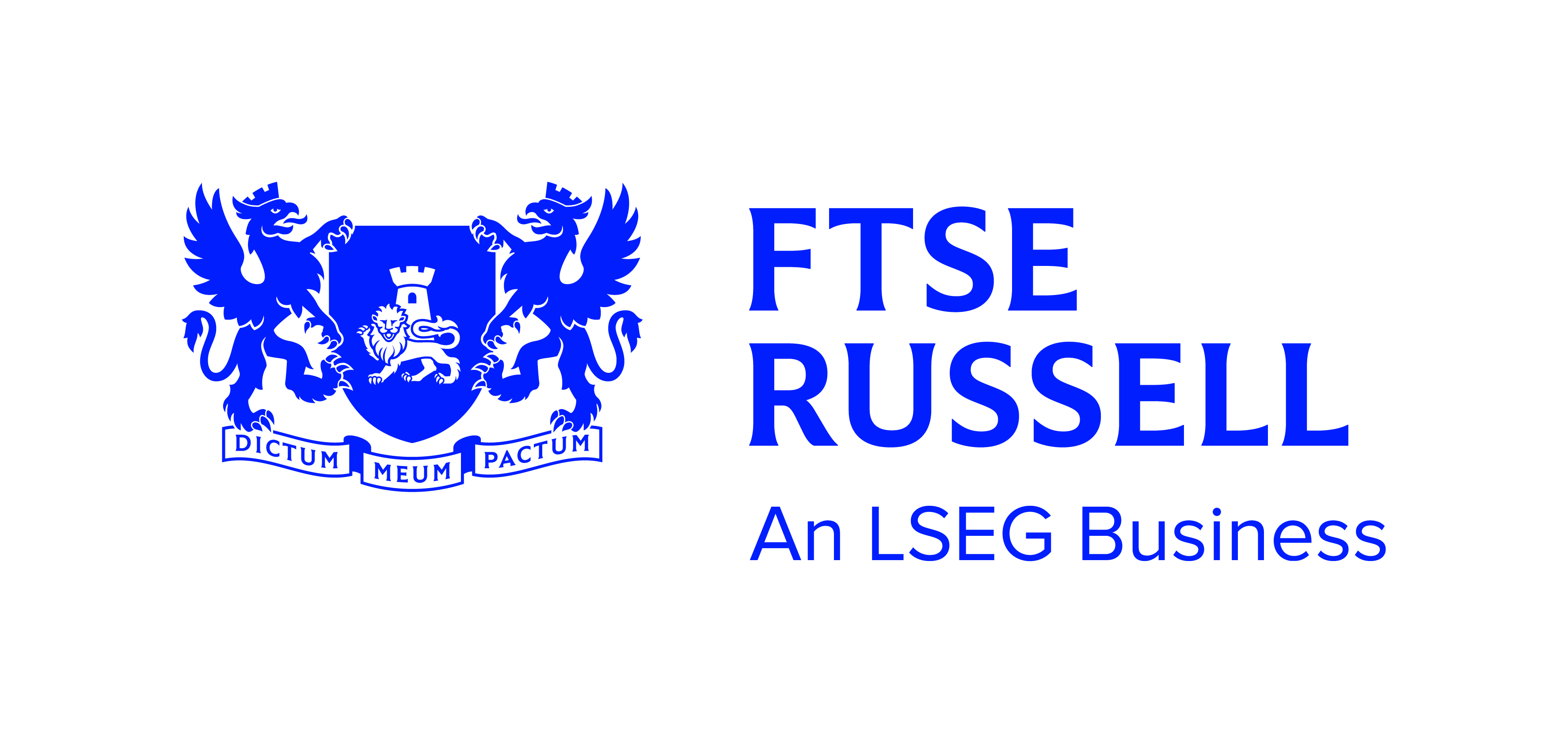Investors face the dilemma of the US being their favoured equity market but having to get creative to avoid adding allocations to large tech names. Thankfully, ETFs offer several alternatives to market cap-weighted S&P 500 trackers.
By the start of the year, the infamous ‘magnificent seven’ comprised twice the weight of the top seven S&P 500 constituents in 2017 while 72% of companies in the benchmark underperformed in 2023, the second-highest figure since 1980, according to data from JP Morgan.
In fact, while the headline US equity index boasted 26% gains last year, the S&P 500 excluding the group of seven returned just 8%.
With the index surging a further 11.9% so far in 2024 – and with mega cap names able to tap large cash reserves and lower borrowing costs – most fund selectors maintain neutral weightings on these equities.
However, many are hunting for ways to increase their exposure to the US market while side-stepping the overconcentration baked into market cap-weighted indices. These investors might consider the following five ETFs to complement their US allocations.
1. Pacer US Cash Cows 100 UCITS ETF (COWZ)
First, COWZ listed on Euronext Dublin and Euronext Amsterdam on 7 May with a total expense ratio (TER) of 0.49%, after its US-listed equivalent enjoyed an explosive run of popularity, amassing $23.2bn assets under management (AUM) since launching in 2017.
The ETF tracks the Solactive Pacer US Cash Cows 100 index which captures the top 100 Russell 1000 constituents based on free cash flow (FCF) yield.
A high free cash flow relative to share price means a company is more likely to have sufficient cash to satisfy their obligations and have the means to be nimble in investing when new opportunities become available.
The former point is particularly important during periods of elevated interest rates, given much of the US credit issued during the low-rate COVID-19 era is set to mature within the next two years and smaller firms in particular will face the burden of potentially variable rates when borrowing.
COWZ constituents have an average FCF yield just shy of 7.9% versus 2.9% for the Russell 1000 index.
A high FCF yield also means constituents are potentially undervalued versus their cash flow, with COWZ boasting an average P/E ratio of 11.8x versus 13.2x for the parent index.
The ETF caps company weights at 2% at each rebalance but currently allocates 23.2% to the energy sector, meaning investors should be mindful of potential cyclicality in this sector’s returns.
Crucially, the ETF has outperformed the world’s largest S&P 500 ETF over the past five years, returning 111.5% versus 92.6% for the SPDR S&P 500 ETF (SPY), as at 21 May.
2. VanEck Morningstar US Wide Moat UCITS ETF (MOTU)
Next, ETF Stream revealed MOTU listed on the London Stock Exchange and Deutsche Boerse in January with a TER of 0.46%.
Like COWZ, MOTU is the UCITS iteration of a popular US-listed cousin, with its counterpart attracting $15.2bn since debuting in 2012.
However, MOTU has the added accolade of not just outperforming SPY since inception, but by a comfortable margin. In fact, its US counterpart – MOAT – returned 342.6% since May 2012 versus 286.9% for SPY, as at 21 May.
This impressive track record owes to the ETF tracking the Morningstar Wide Moat Focus index, which identifies 50 companies with ‘economic moats’.
The moat concept first coined by Warren Buffett is implemented by Morningstar equity analysts identifying companies benefitting from cost leadership, economies of scale, network effects and intangible assets such as brand strength and high switching costs for users.
MOTU has the added benefit of tracking the ‘focus’ iteration of Morningstar’s moat index series. While this more than halves the number of holdings from 139 in the suite’s parent benchmark, the ‘focus’ benchmark has outperformed since inception.
The index equal weights its constituents and has diverse sector allocations including 20.8% to healthcare, 17.9% to industrials, 15% to information technology and 14.3% to financials.
3. JPM US Research Enhanced Index Equity (ESG) UCITS ETF (JREU)
Third is JREU, the only active ETF on our list – also Europe’s largest active ETF – which listed on European exchanges in 2018.
While actively managed, JREU has the S&P 500 as its benchmark and its -index-plus’ approach means it is highly correlated with the index, however, the strategy relies on single stock analysis to over or underweight each S&P 500 constituent based on their valuations and earnings outlook.
The strategy has struck a chord with European investors, with the ETF amassing $7.7bn AUM, almost level with the $9.2bn housed in its sister mutual fund. Its AUM is equivalent to a fifth of all assets housed in European active ETFs.
This owes to the cumulative impact of its modest single stock weighting adjustments over time, with the ETF returning 115% since inception in October 2018 versus 92.1% for SPY, as at 21 May.
Similarly, JREU comes with a modest fee of 0.20%. While this is far above the 0.03% attached to Europe’s lowest-cost S&P 500 trackers, it is below the asset-weighted average 0.22% TER for – predominantly passive – European ETFs by the end of 2023.
4. Xtrackers S&P 500 Equal Weight UCITS ETF (XDEW)
In a similar vein of not straying too far from the exposure in question, XDEW tracks an iteration of the S&P 500 with a notable twist.
Carrying a TER of 0.20% and launching in 2011, XDEW tracks the S&P 500 Equal Weight index to capture the same constituents as its parent index but reset to 0.2% respective weightings at each rebalance.
While losing some asset gathering momentum so far in 2024, XDEW was a favourite of European fund selectors last year with $2bn flowing into the strategy as investors sought to upsize their US exposure without amplifying their large cap tech biases.
Consistent record earnings for ‘magnificent seven’ constituents means this allocation has yet to bear fruit in performance terms – with XDEW returning 18.9% versus 25.6% for SPY over the trailing 12 months – the ETF has merits from both a portfolio construction perspective.
Also, given its relative tilt in favour of mid-cap companies, some fund selectors have identified XDEW as an avenue to benefit from a US economic recovery and eventual rate cuts by the Federal Reserve.
Furthermore, while trailing the market cap-weighted S&P 500 in recent years, the equal-weight index outperformed all other iterations of the S&P 500 between its inception in 2003 and June last year, according to a report by S&P Dow Jones Indices.
5. L&G Russell 2000 US Small Cap Quality UCITS ETF (RTWO)
Finally, for those looking to heavily barbell their size exposure to US equities, RTWO offers a cautious approach to capturing US small caps.
Carrying a TER of 0.30% and listing in 2008 on the London Stock Exchange, Deutsche Boerse, Borsa Italiana, Euronext Amsterdam and SIX Swiss, RTWO may boast modest AUM of $87m but is unique in capturing quality names in the Russell 2000.
Tracking the Russell 2000 0.4 Quality Target Exposure Factor index, the ETF overweights companies with high quality characteristics – such as consistent profitability and low leverage – while underweighting those deemed lower quality, to meet the target active quality factor exposure of 0.4.
Parent index constituents whose weights drop below two basis points are excluded from the index, resulting in a final constituent count of 1040.
While targeting small caps may seem a premature step for some investors, for those looking to add size factor their portfolios, RTWO provides exposure to more robust and less indebted companies, which might be less impacted by having to refinance prior to Fed rate cuts.













